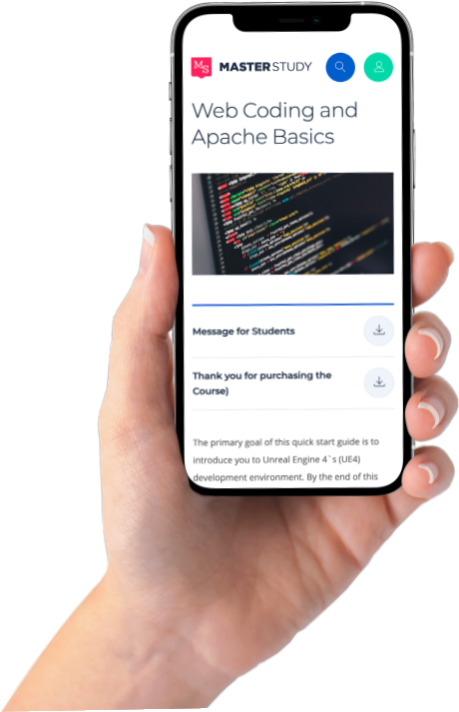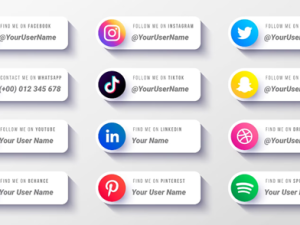Mobile accessibility
- Description
- Curriculum

Introduction
Apple mobile platform, Android mobile platform, Assistive Android 10, and Android Go as well as Apps included on Mac can help students to work, communicate and learn. The proper use of mobile vision, hearing, mobility, or cognitive accessibility features and knowledge about the variety and possibilities of mobile apps can help for study, collaboration, and communication purposes for students with special needs.
Mobile apps we use during the training help to chat, call and adjust for better accessibility in communication, for example, WhatsApp, Messenger, and Viber. Other apps will help meet, chat, use a calendar, and adjust for better accessibility in collaboration, for example, Microsoft Teams, Zoom, and Micro. We will learn how to use mobile apps such as My Possible Self, ToDon’t, and White Noise Lite for mental health management Microsoft Outlook, and for better study, for example, MindMeister and Quizlet. Working with documents and adjusting for better accessibility to document management apps are also important, apps of this type will use during the training as well, for example, Microsoft Office Lens, Microsoft 365. For time management we will learn about Trello, Forest, 30/30, and Remember the Milk. For mental health management, we will learn, how to use mobile apps such as My Possible Self, ToDon’t, and White Noise Lite.
In the last part of training learners will be equipped with the knowledge and skills necessary to protect their personal data on mobile devices and minimize the risk of security breaches and will be able to understand the importance of data security on mobile devices.
The Learning Objectives covered by the Module
| In completing this Module, the learner will be able to:
● Learn how to access different mobile platforms and apps. ● Learn how to study, collaborate and communicate using mobile platforms and apps. ● Learn how to protect personal data on mobile devices and minimize the risk. |
Units within the Module :
| Module 1 is divided in 3 main units:
● 1.1 Mobile platform accessibility ● 1.2 Study, Collaboration, and Communication ● 1.3 Information Security |
-
1Mobile platform accessibility
Unit #1 is expected to show the mobile platform’s accessibility features.
In completing this unit, the learner will be able to:
• use Apple mobile platform accessibility features
• use Android mobile platform accessibility features
• use Assistive Android 10 and Android Go accessibility apps & services
use Apps included on your Mac
-
2Assessment 1, Activity Unit #1
-
3Study, Collaboration and Communication
Unit #2 is expected to provide information and knowledge on the accessibility of mobile applications used for study, collaboration and communication purposes for students with special needs.
In completing this unit, the learner will be able to:
• Chat, call and adjust for better accessibility communication apps (WhatsApp, Messenger, Viber).
• Meet, chat, use a calendar and adjust for better accessibility collaboration apps (Microsoft Teams, Zoom, Microsoft Outlook).
• Study (MindMeister, Quizlet).
• Work with documents and adjust for better accessibility document management apps (OfficeLens, Microsoft 365)
• Manage tasks (Trello)
• Manage time for the tasks (Forest, 30/30, Remember the Milk)
• Manage mental health (My Possible Self, ToDon’t, White Noise Lite)
-
4Assessment 1, Activity Unit #2
-
5Information Security
Unit #3 provides a comprehensive overview of data security basics using mobile devices. Learners will be equipped with the knowledge and skills necessary to protect their personal data on mobile devices and minimize the risk of security breaches.
In completing this unit, the learner will be able to:
• understand the importance of data security on mobile devices.
• identify security technologies and manage platform security on Android.
• understand data security features of platform-integrated apps, Google apps and other third-party applications.
• choose useful accessibility tools for individuals with disabilities.
-
6Assessment 1, Activity Unit #3











